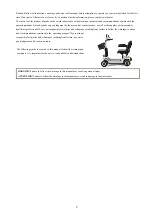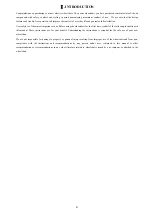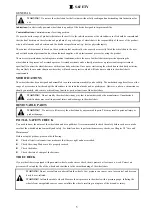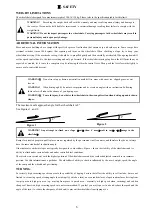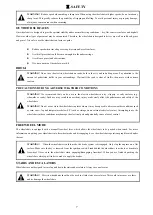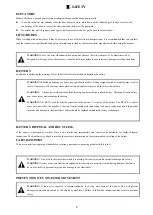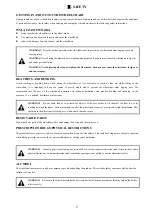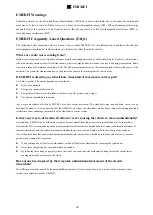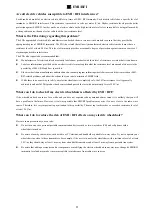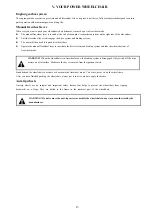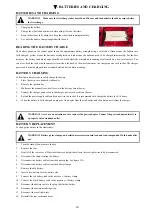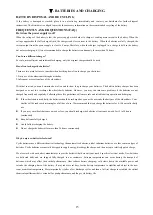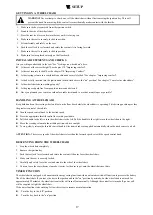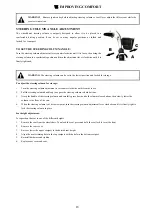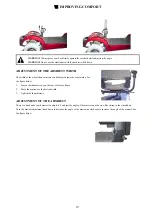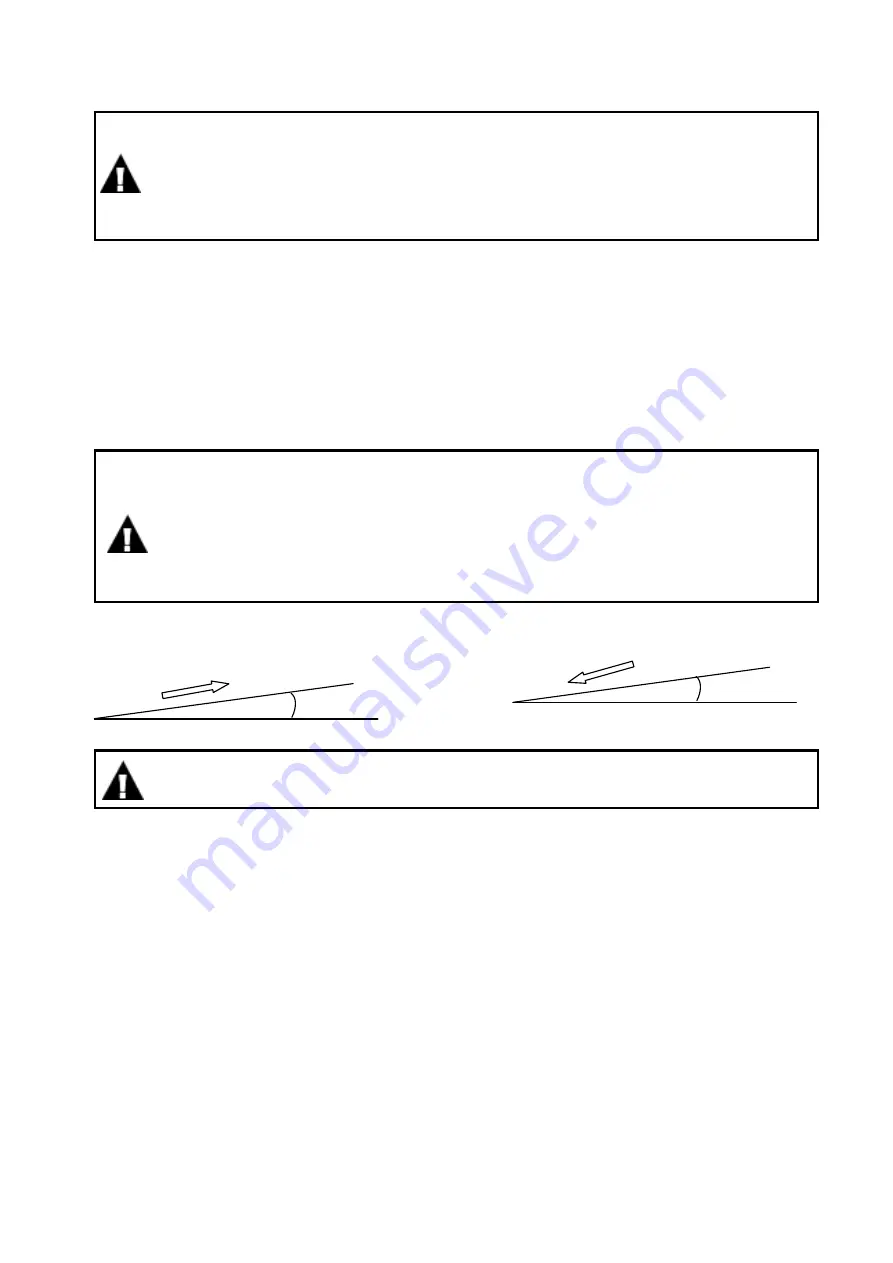
Ⅱ
.
SAFETY
WEIGHT LIMITATIONS
The wheelchair is designed for a maximum weight of 300-1b/130 kg. Please refer to the specification table for this limit.
ADDITIONAL INFORMATION
More and more buildings have ramps with specific degrees of inclination that ensure easy and safe access. Some ramps have
torsional switches (turns 180 degrees) that require good turns on the wheelchair. When climbing a slope, try to keep your
wheelchair moving. If the user needs to stop, it should be re-propelled gently and then carefully accelerated. When going downhill,
set the speed control knob to the slowest setting and only go forward. If the wheelchair starts going down the hill faster than you
expected or wanted, let it come to a complete stop by releasing the throttle control lever. Then push the lever forward slightly to
ensure a safe, controlled descent.
The maximum safe approach angle for the wheelchair is 8º.
See Figures 1. and 2.
Ramps for disabled people in public places are not regulated by the government in all countries, and therefore they do not always
have the same standard of inclination angle.
Other natural or artificial slopes not typically designed for a wheelchair, Figure 1 shows the stability of the wheelchair and its
ability to climb under various loads and under controlled test conditions.
These tests were carried out with the highest position of the wheelchair seat and the seatback adjusted rearward to its rearmost
position. Use this information as a guideline. The wheelchair's ability to climb is influenced by the user's weight, speed, the angle
of the ramp and the wheelchair's positioning.
TURNING
Excessively high cornering speeds can create the possibility of tipping. Factors that affect the ability to roll include, but are not
limited to, cornering speed, steering angle (how abruptly you take a turn), uneven road surfaces, sloped road surfaces, driving from
low-grip area to high-grip area (e.g. moving from grass to paved area - especially at high speed when cornering) and sudden
changes of direction, high cornering speeds are not recommended. If you feel you may tip over in a bend, reduce the speed and the
angle of the turn (i.e. reduce the sharpness of the bend) to prevent the wheelchair from tipping over.
WARNING
!
Exceeding the weight limit will void the warranty and may result in personal injury and damage to
the scooter. We cannot be held liable for injuries and / or material damage resulting from failure to comply with the
weight limits.
WARNING
!
Do not transport passengers in a wheelchair. Carrying passengers in the wheelchair may result in
personal injury and/or property damage.
WARNING
!
Do not travel up or down a potentially unsafe hill (ie, areas with snow, ice, clipped grass, or wet
leaves).
WARNING
!
When driving uphill, do not use serpentine and/or create an angle with an inclination. Following
these rules will reduce the chance of you tipping over.
WARNING
!
To avoid injury, do not drive the wheelchair in the wrong direction when driving up and/or down
slopes.
WARNING
!
Any
attempt
to
climb
on
a
slope
g
r
eate
r
than
8°
may
r
esult
in
inju
r
y
o
r d
amage
to
the
wheelchai
r.
8
º
8
º
Figure 1
Figure 2
6


